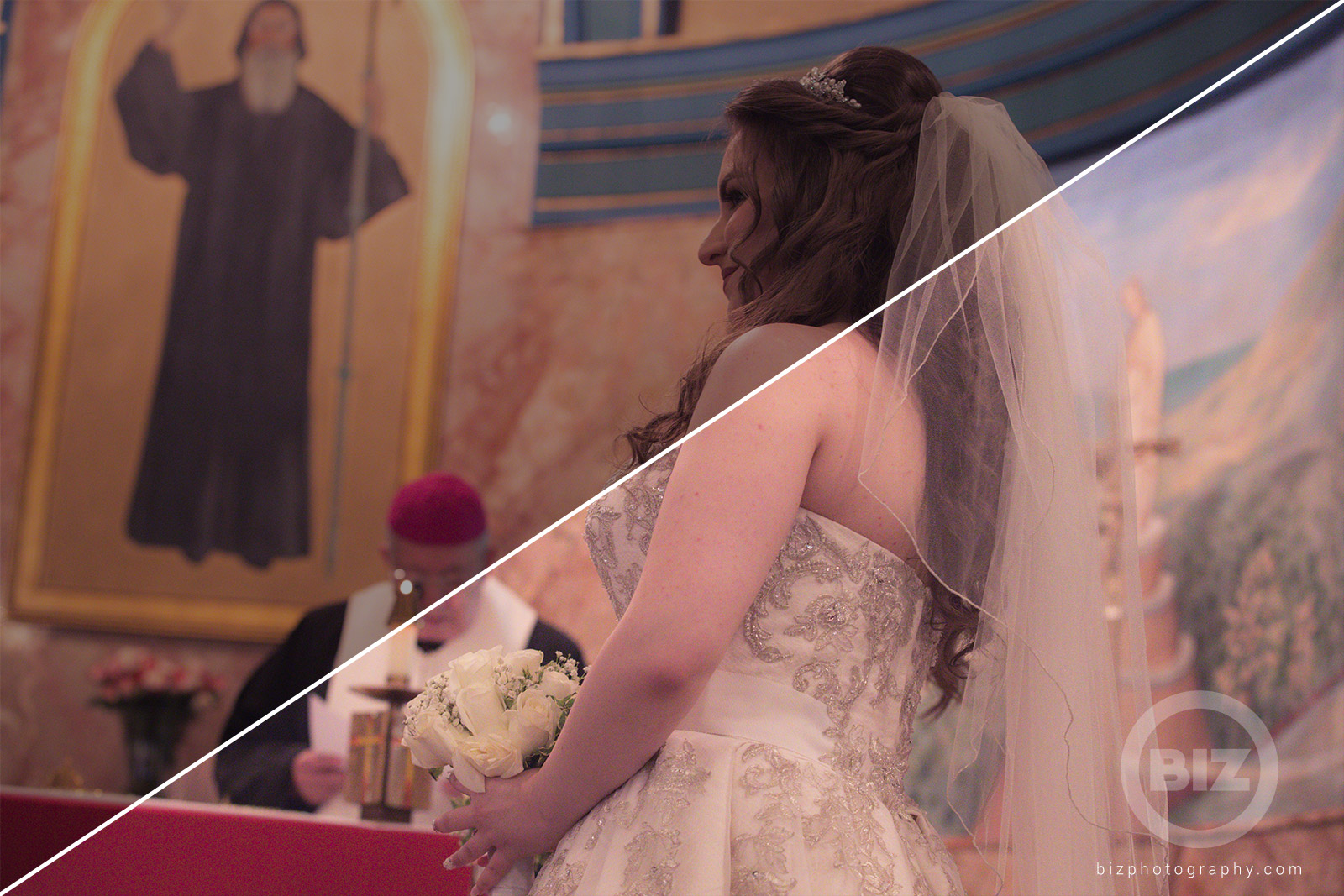Make The Most of Your Camera - How To Shoot RAW

If you want to make the most of your digital camera, check the settings and learn how to switch to RAW mode. Many inexperienced photographers avoid RAW believing it’s too technical and takes a great deal of expertise, but its worth the extra effort for the benefits it brings. Most professional photographers shoot in RAW mode and rely on the quality and flexibility it offers.
It helps to look back to the days of film photography to understand the difference between shooting in RAW and JPEG formats. In traditional photography, the camera would capture the image on a strip of film referred to as the negative. Prints would be produced from the negative in a darkroom, and the photographer could control and influence the final look of the picture at this stage. RAW files are a digital equivalent of film negatives. Software replaces the darkroom, but the process is very similar in that decisions can be made about exposure, contrast and other factors from RAW data.
If you’re confused about switching from JPEG to RAW in digital photography, the following tips will guide you.
“Most modern digital cameras offer the option of shooting in RAW as well as the commonly used JPEG format. Professional photographers rely on RAW as it offers greater flexibility and produces superior quality images. ”
Software Requirements
Photo editing software is essential for the post-production stage of RAW digital photography. Adobe Camera Raw (ACR) is often considered to be the standard, but there are alternatives available. Most digital cameras come with the manufacturer’s RAW processing software, and this allows you to convert files and make necessary adjustments. Apps are available allowing you to make more advanced edits on a desktop, tablet or iPad.
Memory Requirements
RAW files contain far more data than JPEGs, so you need to shoot on high-capacity memory cards. If you’re going out on a shoot for a day, you may need to pack a few extra cards and to think more carefully about how many pictures you take. Working in RAW also means you’ll need storage space on your computer’s hard drive, and you may need to upgrade to a faster machine. Shooting continuous burst mode in RAW format may stretch your digitals camera’s processing power, so it may not be suitable for action and sports photography.
Learn to adjust exposure
The ability to adjust exposure in an image is one of the main benefits of shooting in RAW. If you under or overexpose in JPEG format, there’s little you can do to recover a photo, but in RAW is almost a fail-safe solution. The edits you make to RAW files are non-destructive so that you can experiment with different adjustments and export to a JPEG or other file format. There are tools in more advanced image editing software packages for making exposure adjustments to selective areas of a picture.
Learn to adjust color
As well as allowing you to correct white balance in an image, the ability to adjust the colors opens up a world of creative possibilities. RAW images can be converted to black and white in seconds, and the tone and contrast can be altered for a range of effects. The vibrance, hue and saturation sliders in ACR can transform a dull and lifeless photograph into a work of art. It’s important not to push edits too far, and subtle improvements are often the best.
Process RAW files for maximum quality
When you take a photograph in JPEG format, the camera decides what data to retain and deletes the rest, but everything is kept in RAW mode. This means you can sharpen images and improve the clarity without any loss of quality. The so-called ‘noise’ appearing in digital photographs taken at high ISO settings can be reduced, and the Lens Correction tool in ACR can remove distortion and fringing.
The RAW format was exclusive to professional equipment in the early days of digital photography, but it’s now available in most cameras. If you want to take complete control of the images your camera produces and get the best quality possible, take the time to learn how to shoot and process RAW files.
www.bizphotography.com
In need of photography services, or looking to take your current photos and create albums, wall decor, prints or even need specialized digital design services? Let's Talk!
E-mail: moc.yhpargotohpzib@pans
Call Direct: 1-216-228-7169
